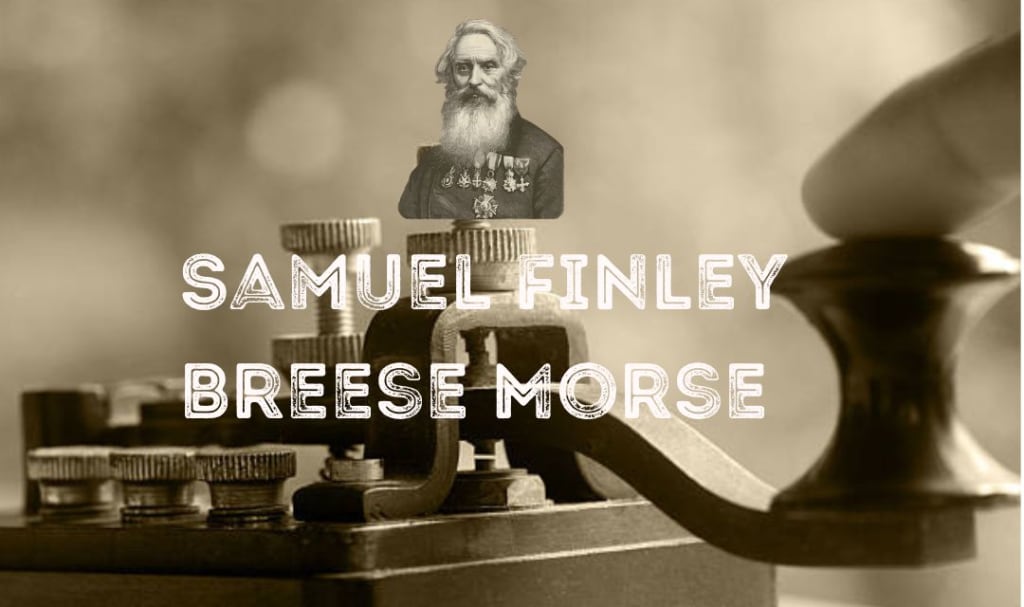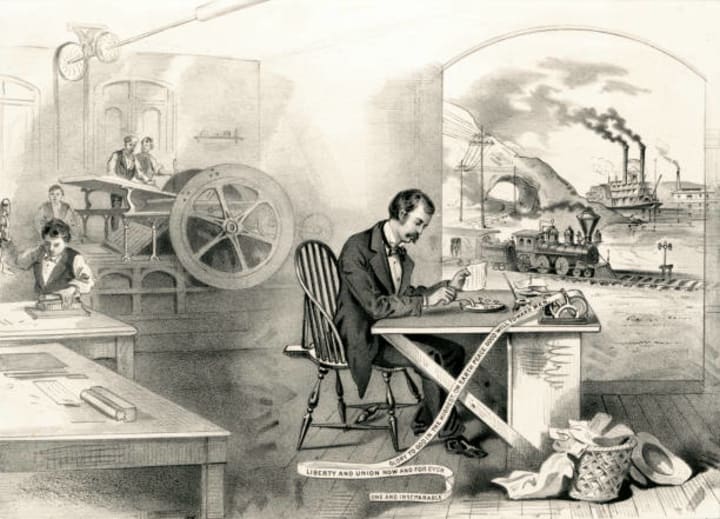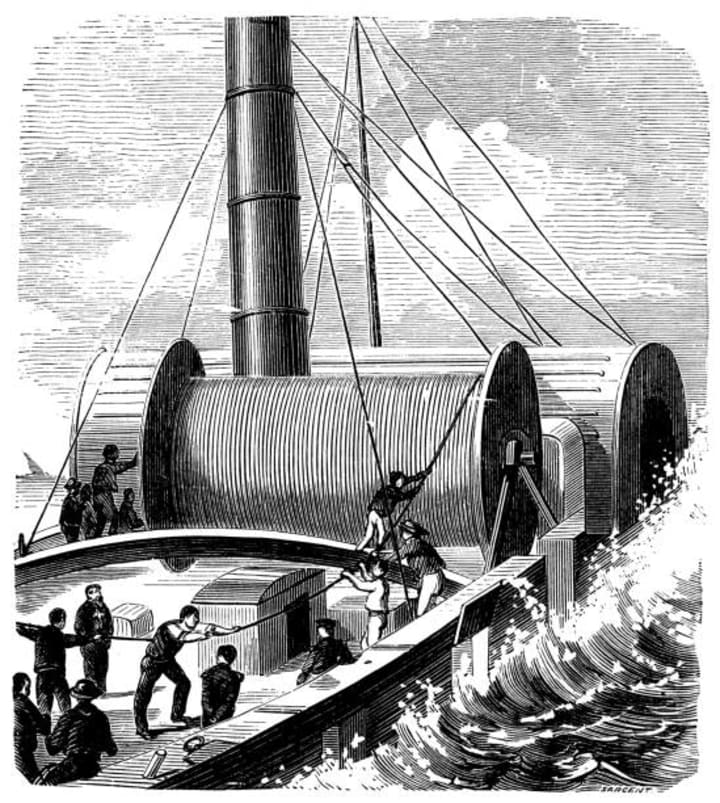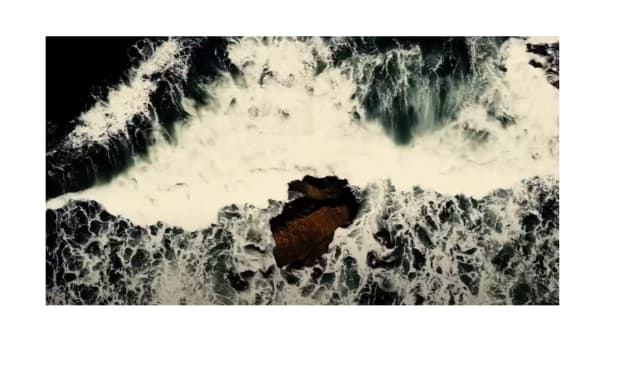scientist Samuel Finley Breese Morse
Samuel Morse was an American inventor and artist who is best known for his contributions to the development of the telegraph and the Morse code, which revolutionized long-distance communication in the 19th century. Here are some key points about Samuel Morse

Samuel Finley Breese Morse (April 27, 1791-April 2, 1872) is renowned as the designer of the message and Morse Code, however what he truly needed to do was paint. He was a deeply grounded craftsman when his energetic interest in hardware reemerged, prompting the correspondences creation that changed mankind until it was eclipsed by the phone, radio, TV, and, at last, the web.
was brought into the world on April 27, 1791, in Charlestown, Massachusetts, the main offspring of noted geographer and Congregational priest Jedidiah Morse and Elizabeth Ann Finley Breese. His folks were focused on his tutoring and the Calvinist confidence. His initial training at Phillips Foundation in Andover, Massachusetts, was unexceptional, with the exception of his advantage in craftsmanship.
He next signed up for Yale School (presently Yale College) at age 14, where he zeroed in on workmanship however tracked down another interest in the little-concentrated on subject of power. He brought in cash by arranging little pictures of companions, schoolmates, and educators prior to graduating in 1810 with Phi Beta Kappa respects.
He got back to Charlestown after school. Notwithstanding his desires to be a painter and consolation from popular American painter Washington Allston, Morse's folks maintained that him should be a book retailer's student. He turned into a representative for Daniel Mallory, his dad's Boston book distributer.

In the fall of 1835, Morse fabricated a recording transmit with a moving paper lace and exhibited it to companions and colleagues. The following year he exhibited his model to a teacher of science at the college. Throughout the following quite a long while, Morse showed his development to companions, teachers, a Place of Delegates board, President Martin Van Buren, and his bureau. He took on a few accomplices who assisted with the science and funding, however his work likewise started to draw in contenders.
On Sept. 28, 1837, Morse started the patent interaction for the message. By November he had the option to communicate something specific through 10 miles of wire organized on brings in a college address room. The following month, in the wake of finishing the canvases he was dealing with, Morse put away his specialty to give his complete focus to the message.
As of now, different men remembering the specialist for Morse's 1832 return journey from Europe and a few European designers were guaranteeing credit for the message. The cases were settled and in 1840 Morse was conceded a U.S. patent for his gadget. Lines were hung between numerous urban communities, and on May 24, 1844, Morse sent his well-known message "What hath God created?" — from the High Court chamber in Washington, D.C., to the B and O Railroad Stop in Baltimore, Maryland.
By 1849, an expected 12,000 miles of transmit lines were being controlled by 20 American organizations in the US. In 1854, the High Court maintained Morse's patent cases, implying that all U.S. organizations utilizing his framework needed to pay him eminences. On Oct. 24, 1861, Western Association finished the primary cross-country transmit line to California. After a few breaks, an extremely durable undersea Atlantic Link was at long last laid in 1866.On April 2, 1872, Samuel Morse died in New York. He was buried in Greenwood Cemetery in Brooklyn.

Morse's creation impacted the world, as it was utilized by the military during commitment, journalists recording stories from the field, distant, and others. After his demise, his popularity as the designer of the message was clouded by other specialized gadgets — the phone, radio, TV, and the web — while his standing as a craftsman developed. At one time he didn't have any desire to be recognized as a representation painter, yet his strong, delicate pictures have been displayed all through the US.
His 1837 message instrument is in the Smithsonian Establishment's Public Gallery of American History in Washington, D.C. His Insect Woods bequest is a public notable milestone.
About the Creator
Enjoyed the story? Support the Creator.
Subscribe for free to receive all their stories in your feed. You could also pledge your support or give them a one-off tip, letting them know you appreciate their work.





Comments (1)
Good